
NPS Photo Plant life is abundant at Fort Matanzas. This is primarily because the park receives an average of 49 inches of rain per year, and maintains an average annual temperature of 70 degrees Fahrenheit. Hard freezes are uncommon, which means the growing season extends throughout most of the year. Additionally, the park is located on portions of two barrier islands. Barrier islands, when left undeveloped, are comprised of several different plant communities spanning a relatively constricted geographical range. At Fort Matanzas these communities are represented by primary and secondary sand dunes, coastal scrub, maritime hammock, and estuarine salt marsh. This ecological diversity, and the plant-friendly sub-tropical climate, account for why over 250 individual plant species have been identified so far at Fort Matanzas, a park totaling only 300 acres in size. Click the links below to learn more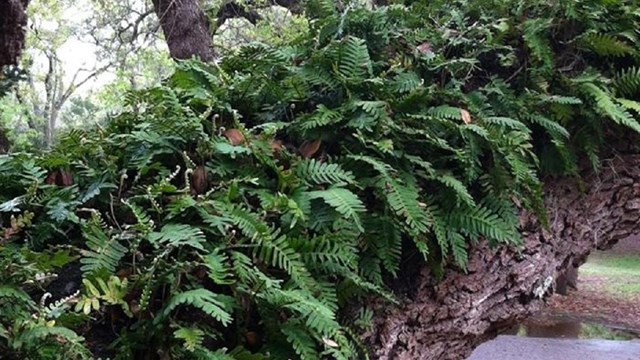
Ferns
Here at the park there are four different fern species present, all of which are noteworthy in their own right. 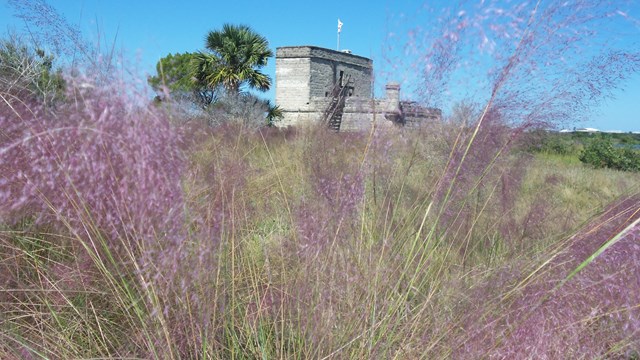
Grasses
Hardy and salt tolerant plants that can survive in the harsh seashore environment. 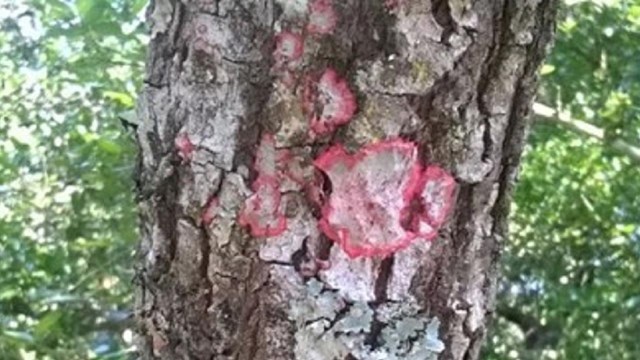
Lichens
Think of them as nature’s spray paint, because they add a splash of color to every surface they live on. 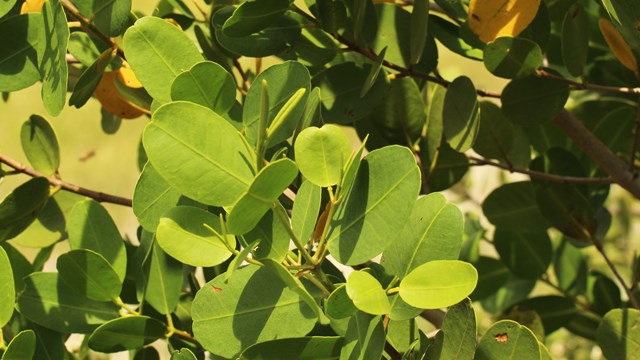
Trees & Shrubs
Mangroves dominate much of the salt marsh 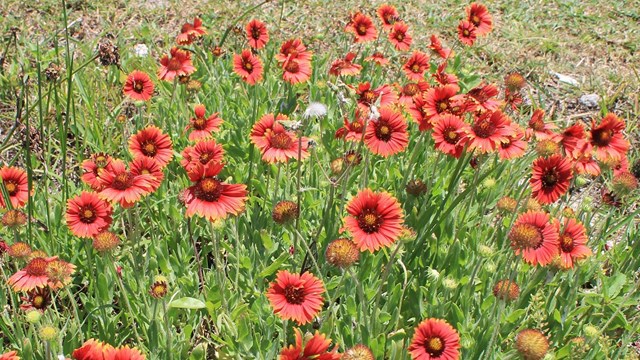
Wildflowers
Nothing seems to brighten the dunes more than the unexpected red-yellow desert sunset captured in a hardy aster, the blanketflower. |
Last updated: August 12, 2020
